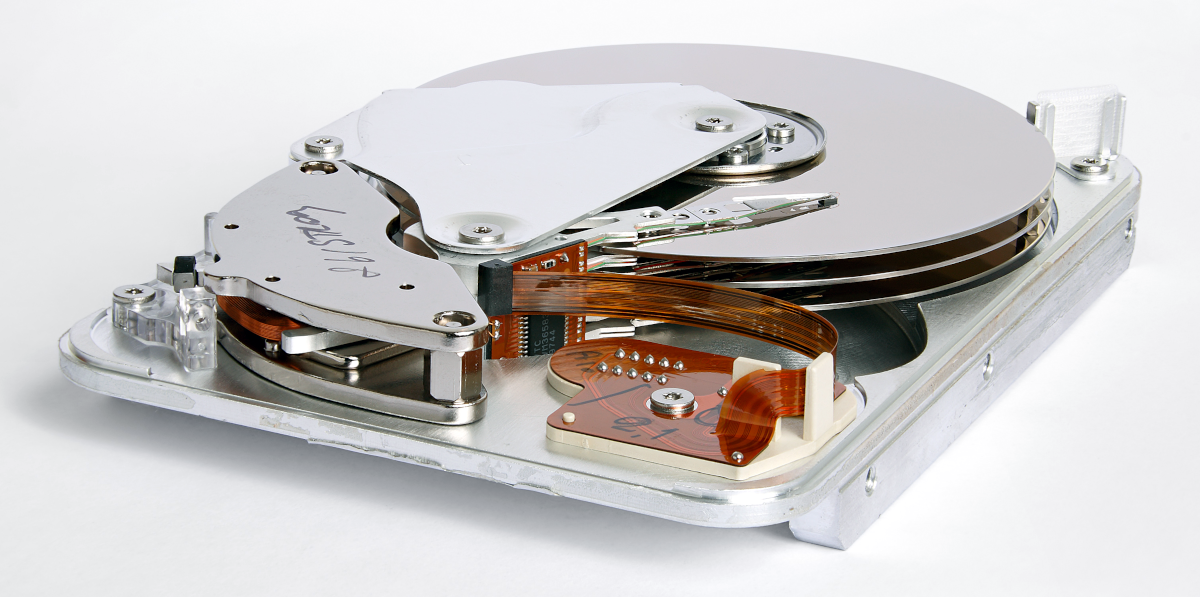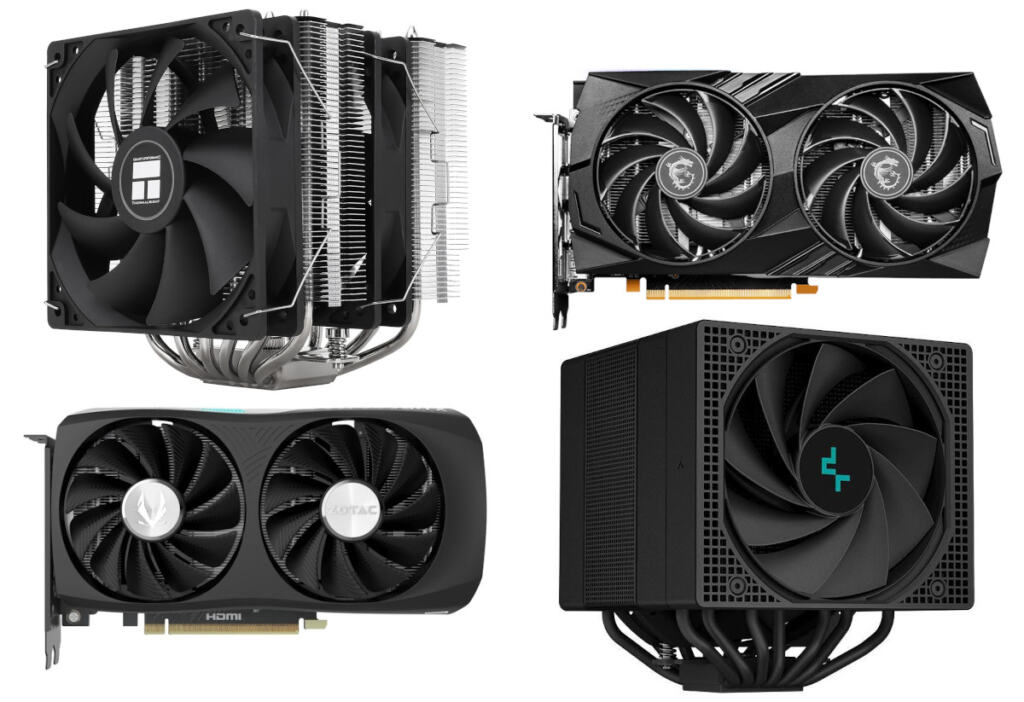
[Photo by Eric Gaba]
Ah, poor old HDDs! They served us, and served us well for decades, but today…

That is a lot of new cards launched recently! The RTX 5050, the RTX 5060, two versions of the RTX 5060 Ti, and two versions of the RX 9060 XT!
Instead of checking each one out separately, let us take a look at them all in one fell swoop, with an eye toward deciding where/if they belong in our main build chart. I am somewhat unsure of what a swoop is, and why it needs to be of the fell variety, but here are the cards:

Tell me, how rich are you? If you are rich, then we can be friends. If you are very very rich, I would like to upgrade you to my best friend, and tell you about nVidia’s two newly released hyper-overpriced graphics cards, the RTX 5080 and RTX 5090.
…let us take a closer look:

CPUs are a duopoly. While some alternatives to AMD and Intel technically exist, their market share is so tiny that they do not appear on some statistics tracking pages. It is for this reason that we rarely talk about only Intel or only AMD. We instead compare them to one another, as they are both the only true competition to each other.
So, in today’s update article, as we turn our attention to whether there’s a place in our PC build chart for Intel’s strange new CPU release, named ‘Arrow Lake’—we also consider how this release fits into the history of the battle between two impressive (sometimes clumsy) tech giants.

A month ago, AMD launched its new Ryzen 9000 series CPUs. The R9 9900X and R9 9950X led the charge, with the R7 9700X and R5 9600X appearing as more budget-friendly options.
So, why aren’t they in our chart?

There have not been that many major releases recently, so this will be a small update that mostly includes items we are not adding to our chart.
And before we get to those items: All three non-added items are due to bad pricing. They are great items if they were cheaper, but we at Logical Increments would probably not recommend $100 cups of coffee either.

Fig. 1: Our prediction of the only graphics card nVidia will release in the year 2026 (projected MSRP: $20,000)
Greetings. This article was painful to write. Every section hurt, and every section gets progressively more painful. But the truth can hurt, so read on.
The consumer PC world is headed down a bad path:
There is a major focus by PC part manufacturers to produce extremely expensive and overpowered products, with the mid-tiers and the low-end being neglected. There might be no annihilation and havoc in the personal computer sector immediately, but most consumers are unhappy. If things continue as they are, normal PC buyers may choose to opt out, shrinking the market significantly. With fewer and fewer customers in the long-term, some component manufacturers may find themselves facing their own end-of-life.
Come walk with me, friendly reader, down memory lane, and I will show you how we ended up here… and where we might be going next.

The majority of PC part launches from established companies are successes, as professionals usually try to design good products for the purpose of attracting customers.
From time to time, however, the human beings at such companies make mistakes, or go overboard on the alcohol, or let the engineers dream a little too much. The past week gave us a rare and beautiful opportunity to see not one but two hugely entertaining slipping-on-banana-peel-tier product launch failures, with a pratfall each from nVidia and AMD.

A couple of weeks ago, AMD released the R9 7950X3D CPU, which they are marketing as “the ultimate processor for gaming.” That’s quite a big claim, and if true it would definitely belong in our PC building chart!
Does it live up to that title? Well, just about, yeah. Let me explain:

What a fantastic month it has been, with so much new hardware available! But what is this? It is Intel, who decided to add even more spice with their new Raptor Lake launch! Woohoo!
Potential CPU buyers had already had their options improved when AMD launched Zen 4 earlier this month, and from Intel’s timing, price, and performance, it is clear that this is a response. How good are the new choices from Intel?
Let us take a look.